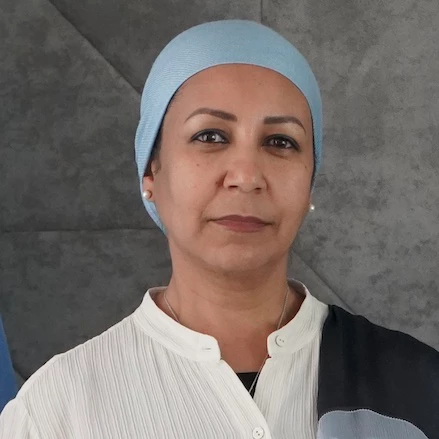 Photo of a cell phone with COP28 UAE on the screen. (Shutterstock.com)
Photo of a cell phone with COP28 UAE on the screen. (Shutterstock.com)
The 28th Conference of the Parties, better known as (COP28) concluded in Dubai in December with a major agreement by 198 Parties, marking a new era of climate action. Several notable commitments were incorporated in the final negotiations, including unprecedented reference to transitioning from fossil fuels in energy systems and tripling renewable energy capacity as part of the UAE Consensus. The World Bank played a key role in advancing the agenda. It completed country climate and development reports (CCDR) for 42 economies, has pledged 45% of its annual financing to climate-related projects for the fiscal year 2025, and has been entrusted to host the loss and damage fund.
Some of the world’s largest oil producing countries also made important announcements regarding their commitments to clean energy. The event was a unique opportunity for The Gulf Cooperation Council (GCC) countries to reiterate their commitment to green growth and to the climate resilient agenda. The Arab Coordination Group (ACG), a strategic alliance comprising regional and international development institutions, announced it would allocate US$10 billion until 2030 which aligns with their earlier pledge of $24 billion to support the green transformation.
In recent years, GCC countries have announced ambitious national goals and regional initiatives to tackle climate change. For example: the United Arab Emirates (UAE)’s and Oman’s commitments to NetZero by 2050. Also, the Kingdom of Saudi Arabia (KSA)’s commitment to NetZero by 2060, and the Middle East Green Initiative (MGI). Many have also joined the global methane pledge (an international effort to reduce methane emissions by at least 30 percent by 2030) and invested in programs that could support low carbon technologies such as green hydrogen, circular carbon economy, increased engagement with carbon markets, and domestic energy efficiency initiatives, among others.
The private sector has a crucial role to play for the success of climate initiatives in GCC countries in driving the low-carbon transition and attracting green investments. Significant investments will be needed to transform resource consumption, energy production, manufacturing processes, and other economic systems to achieve climate objectives. For example, the UAE Nationally Determined Contributions (NDCs) estimate investment needs of around $36 billion between 2023 and 2030 to achieve climate objectives. According to The International Energy Agency’s global estimates, investment in renewable energy reached a record high of $1.7 trillion in 2022 from $530 billion in 2021 – a large portion of this comes from the private sector.
Sustained public sector commitment with concrete policy interventions will also be needed to drive change at the speed and scale required to address environmental challenges and support a low carbon transition. Among the first of these actions, green growth must be integrated as a national policy that shapes the future across all relevant sectors: energy, water, food security, urban planning, and services, among others.
Rapid green growth across sectors — including renewables, energy storage, electric vehicles, green buildings, circular carbon economy and waste recycling — presents opportunities for skilled jobs, productivity growth, and economic diversification and transformation. The International Finance Corporation (IFC) estimates that supporting low carbon investments in 10 key sectors across 21 emerging markets has the potential to generate $10.2 trillion in investment opportunities, create 213 million jobs, and reduce greenhouse gas emissions by 4 billion tons by 2030. GCC countries can only access these benefits fully if they have sustained national commitments to these priorities, climate strategies, access to finance for companies, and a conducive green investment climate. The World Bank estimates that if GCC countries continue with business as usual, their combined GDP would reach $6 trillion by 2050. However, implementing a green growth strategy could accelerate their economic diversification, and potentially increase their GDP to over $13 trillion by 2050.
GCC countries are pursuing ambitious targets for achieving electricity generation from renewable resources. For example, Saudi Arabia aims to have 50% of its energy mix from renewable energy by 2030, while Oman targets 30% of electricity from renewables by 2030 . The UAE, which is already home to three of the world’s largest and lowest-cost solar plants, has announced a Hydrogen Leadership Roadmap, and Abu Dhabi National Oil Company (ADNOC) plans to capture 10 million tons of CO₂ per year in addition to ambitious Renewable Energy (RE) capacity investments. Moreover, GCC countries are moving towards Transit Oriented Development (TOD) strategies with mass transit systems opened in Dubai and Doha, and close to completion in Riyadh.
The GCC countries are well positioned to contribute to the global low-carbon transition, balancing energy security with the deployment of renewables for a zero-carbon future. They have the potential to become leaders in the MENA region and globally, investing its resources and capability toward a better climate and a livable planet.



Join the Conversation